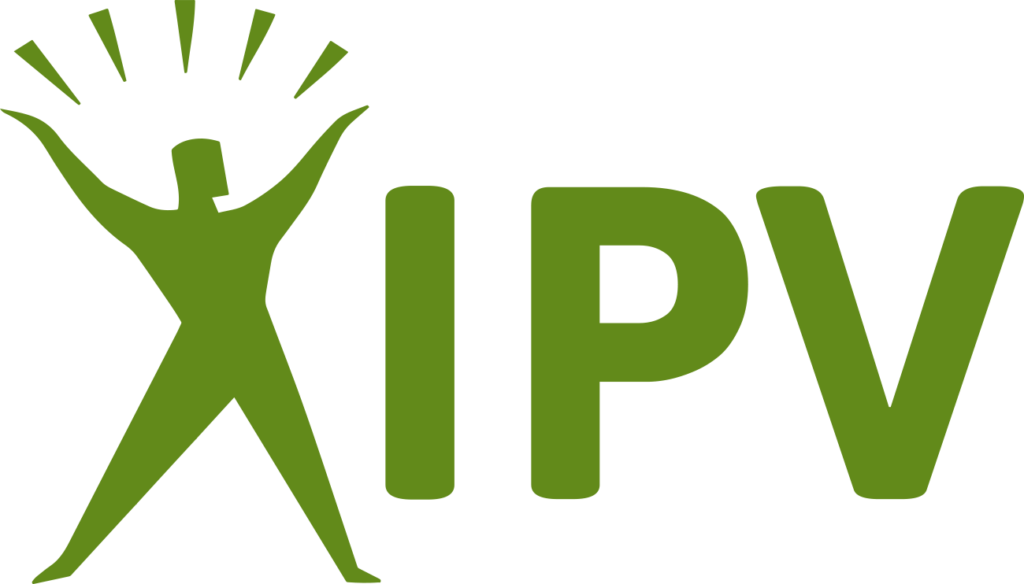You’ve probably heard the adage, “There’s nothing certain in life, except death, taxes and meetings.” If you look at the statistics, the average time spent in meetings is staggering:
Most business people spend approximately 25 percent of their time in meetings.
Middle managers often spend at least two days out of every week in meetings.
It’s not unusual for executives to be in meetings for up to a whopping four days a week!
Because we meet so often, we’re all conscious of scheduling meetings only when necessary and ensuring that a well-developed agenda keeps the meeting on time and on track. But what else can you do to run an effective meeting? When a meeting seems to be dragging on for an eternity and weary attendees are slumped in their seats, you may be tempted to bar the door and declare, “Nobody leaves until we’re finished here.” Obviously, this does not make for an effective meeting.
When planning the agenda, consider whether splitting the meeting into two shorter meetings would be more appropriate than one long meeting. If it is important to keep the meeting to a single session, scheduling breaks is vital to keeping participants focused, fresh and productive.
Studies have shown that the average person can pay attention in a meeting for approximately 20 minutes before becoming fidgety, starting to daydream or working other projects. At this point, even a change in speakers or mediums (PowerPoint presentation to round-table discussion) is enough to refocus participants. After 90 minutes in a meeting, you’ll start to notice a marked deterioration in attention and participation.
The maximum time spent in a meeting without a break should never exceed an hour and a half. In fact, it is counterproductive to continue on after this point without allowing for a brief 10- to 15-minute break. You can’t expect riveting ideas or thoughtful comments from people who may be seriously contemplating the negative effects of too much coffee and bran muffins instead of paying attention!
Breaks do more than add precious minutes to your meeting agenda. They can actually produce a more effective meeting:
People Can Discuss Matters Informally in Smaller Groups
Often, in a larger group setting, people may have questions or comments that are not directly related to everyone or the objective of the meeting, but are still valuable. At break time, participants can discuss their questions or comments with each other without interrupting a meeting with side whispers and note writing.
The Chairperson Can Refocus the Meeting and Prevent Off-topic Conversation
As a general rule, attendees are most receptive and participatory at the beginning of a meeting. As the meeting wears on, other unrelated or partially relevant issues arise and off-topic conversation ensues. A break can provide the respite a chairperson may need to bring the meeting back to order and remind participants of the importance of remaining on time and on schedule.
Exhaustion, Irritability and Attention Loss are Diminished
Attendees need to be able to refresh themselves to remain productive. Providing participants with the opportunity to get a beverage or light snack, use the facilities or return a quick phone call will ensure a more effective meeting. It’s impossible to concentrate on the monthly sales presentation when you’re on the verge of passing out from low blood-sugar dizziness. It’s also distracting for everyone when people are wandering in and out of the meeting room because there are no scheduled breaks.
Breaks are an important part of a focused, effective meeting that is expected to run over 90 minutes long. It’s not worth trying to cut corners and abolish breaks to save time, unless you want a room full of cranky, squirming, non-productive participants. Here are a few other tips to help your meeting breaks flow smoothly:
Be sure to let attendees know at the beginning of a meeting that there will be an opportunity to break and give an approximate time. By building breaks into your agenda, you’ll have more attentive, less fatigued attendees and fewer distractions.
Organize refreshments during breaks or advise participants where they can get a beverage or quick snack. If you are providing refreshments, avoid heavy snacks or sugary treats – attendees will become drowsy.
Discourage eating in the meeting. There’s nothing more distracting than someone next to you chomping noisily on carrots or rustling a chip bag.
If it’s an off-site meeting in an unfamiliar location, the chairperson should advise participants of the whereabouts of both the restrooms and nearest phone, prior to the break.
Advise attendees of how much time they have to break, and when precisely you’ll reconvene. Don’t wait for stragglers after the break – stay on schedule and stick to the agenda.





